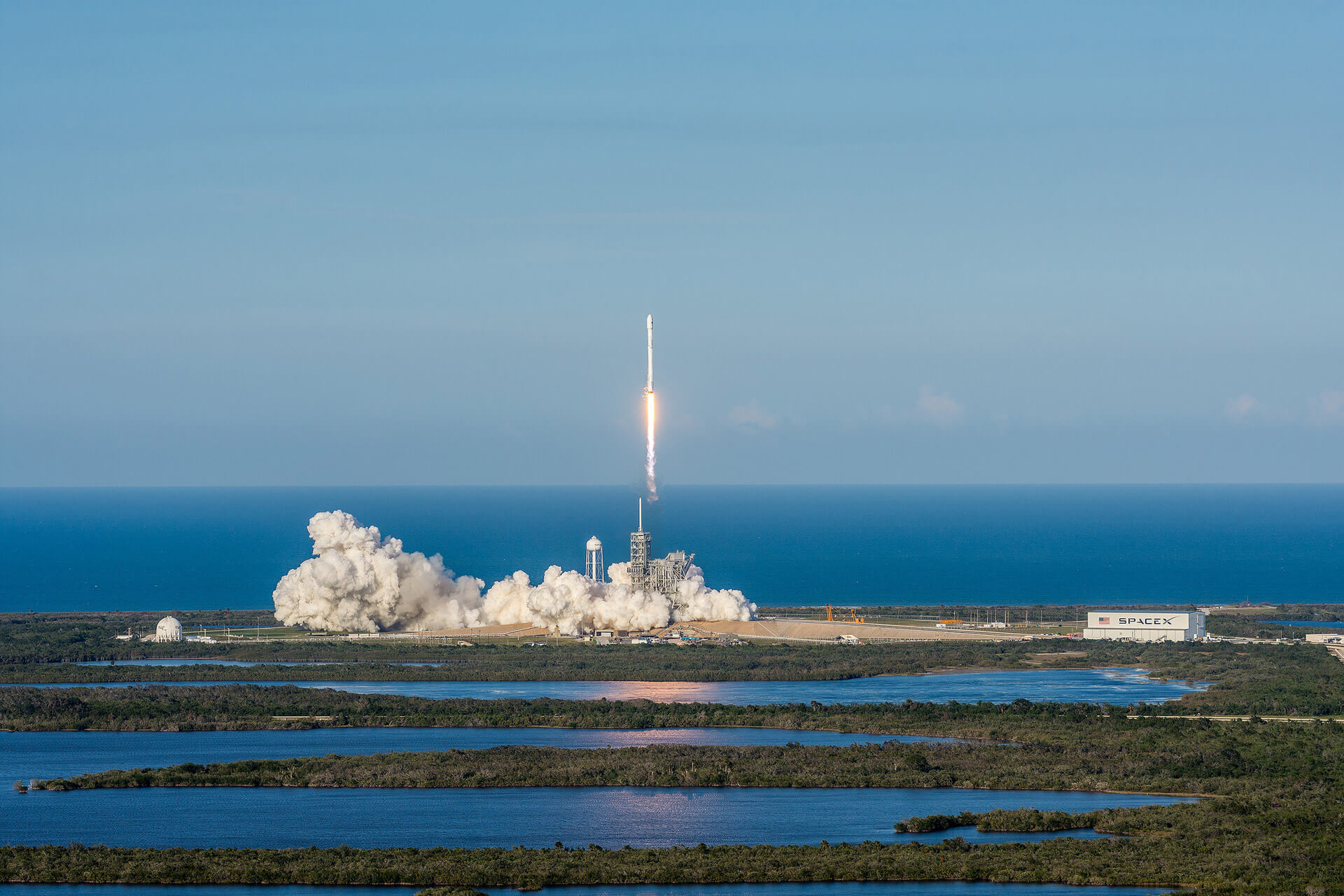Yesterday was a historic day for the aerospace industry. SpaceX managed to prove, without a doubt, that used rockets can undertake a second space mission and finish it successfully. Falcon 9 launched, sent a communications satellite into orbit and then landed on the company’s drone ship in the Atlantic Ocean #todaymagic
This Falcon 9 was at its second launch into space, after completing a mission in April 2016. As you know, orbital rockets don’t usually get a second chance at flying. They’re expandable, meaning they become useless after launching into space. Hundreds of millions of dollars are spent on each of them, only to dispose of them once they’ve done the job.
So, Elon Musk asked himself whether there was a way to get back some of that money. With the help of the SpaceX team, a strategy emerged: to get these rockets back on Earth, safely landing on land or on “Of Course I Still Love You”, the floating drone ship (we just had to put that title out there!).
In February, Spacex managed to send a reusable Falcon 9 rocket and welcome a booster back at the Cape Canaveral base. That event marked the eight SpaceX vehicle to return to land, while the whole world was still waiting to see if an actual used capsule could make the flight. Well, yesterday we had definitive proof. Falcon 9 took off, entered the orbit to deliver a SES-10 communications satellite and landed back.
After the landing, Musk tweeted about the accomplishment and its impact on the industry: “It means you can fly and refly an orbital class booster, which is the most expensive part of the rocket.” Indeed, the booster includes the main engines and most of the fuel. If you think about it, this victory means that the rocket can be used a third time, too. It also means that Falcon 9 customers can fly much cheaper if the cost of each rocket is cut drastically. We could see a $60 million space launch take place with $40 million!
The only inconvenience is the time needed to prep a reusable rocket. After the first landing, the vehicle needs to be inspected, refurbished and tested before SpaceX can give it the green light. For yesterday’s launch, Falcon 9 undertook four months worth of tests and preparations.
Follow TechTheLead on Google News to get the news first.























